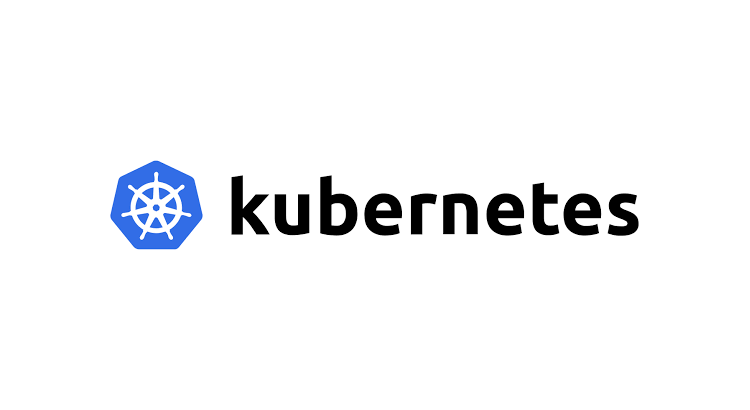Our recent SNIA CSTI webcast, “Kubernetes in the Cloud (Part 3): (Almost) Everything You Need to Know about Stateful Workloads” offered a wealth of insight on how to address the challenges of running stateful workloads in Kubernetes. This webcast was the third installment of our Kubernetes in the Cloud webcast series and it is now available on-demand as are “Kubernetes in the Cloud (Part 1)” and “Kubernetes in the Cloud (Part 2).”
Our expert presenters, Paul Burt and Ingo Fuchs, have provided additional resources to help keep you in the know on Kubernetes. Here they all are:
Read More